Search
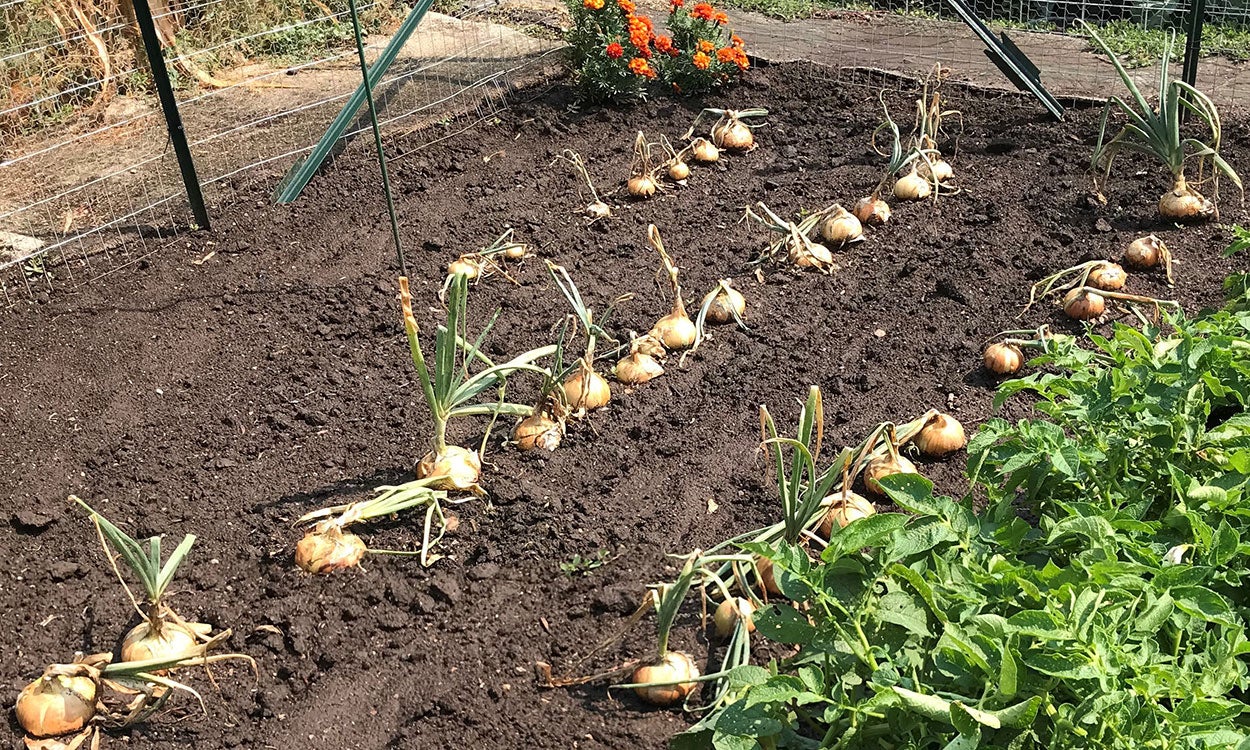
Harvesting and Storing Root Vegetables
Learn tips for harvesting and storing a variety of root vegetables from your garden, including carrots, beets, turnips, onions and potatoes.
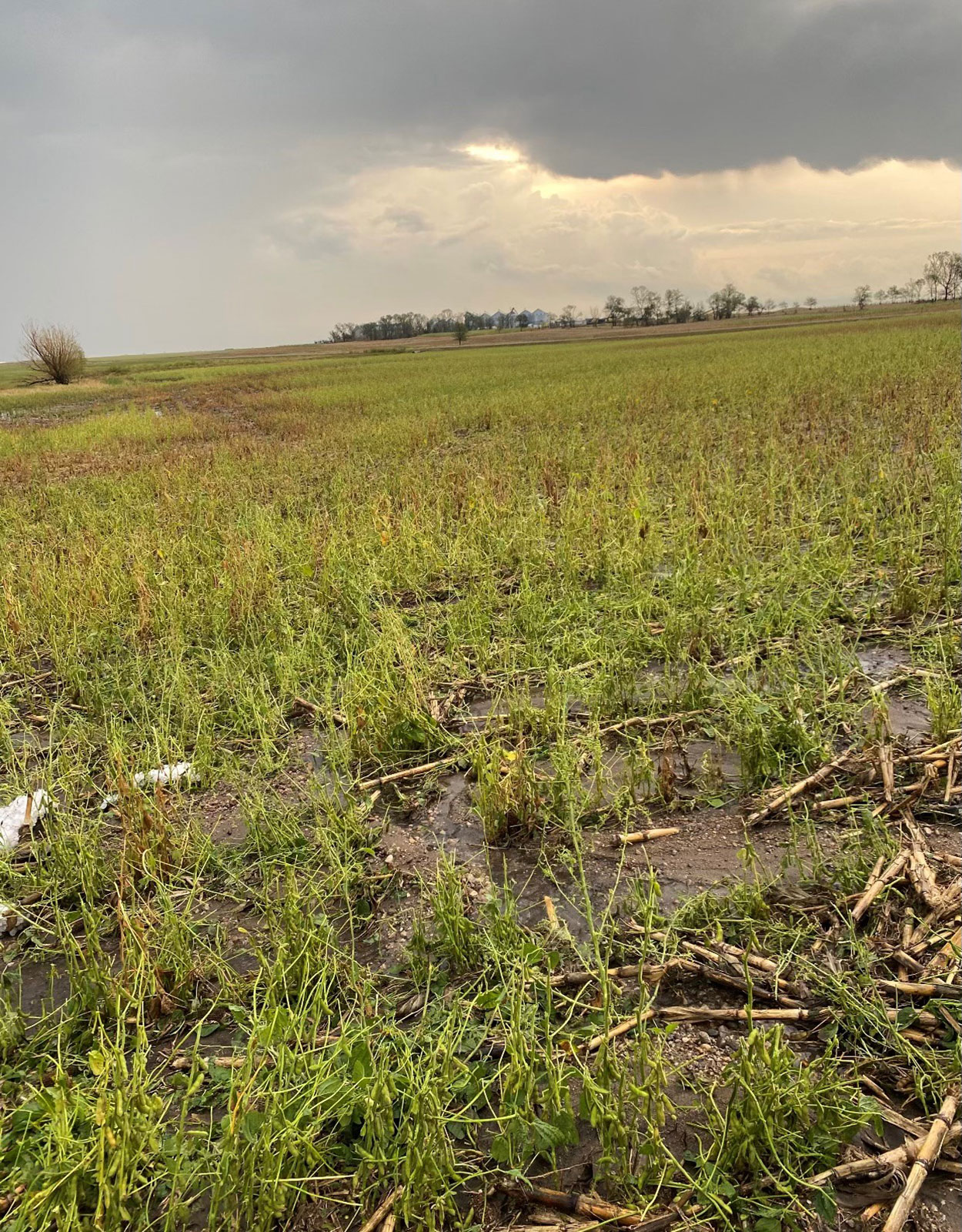
Making Decisions With Hail-Damaged Row Crops
Late-season hail damage can leave growers wondering what to do next. Before deciding what to do with your hail-damaged fields, take some time to consider a variety of management options.
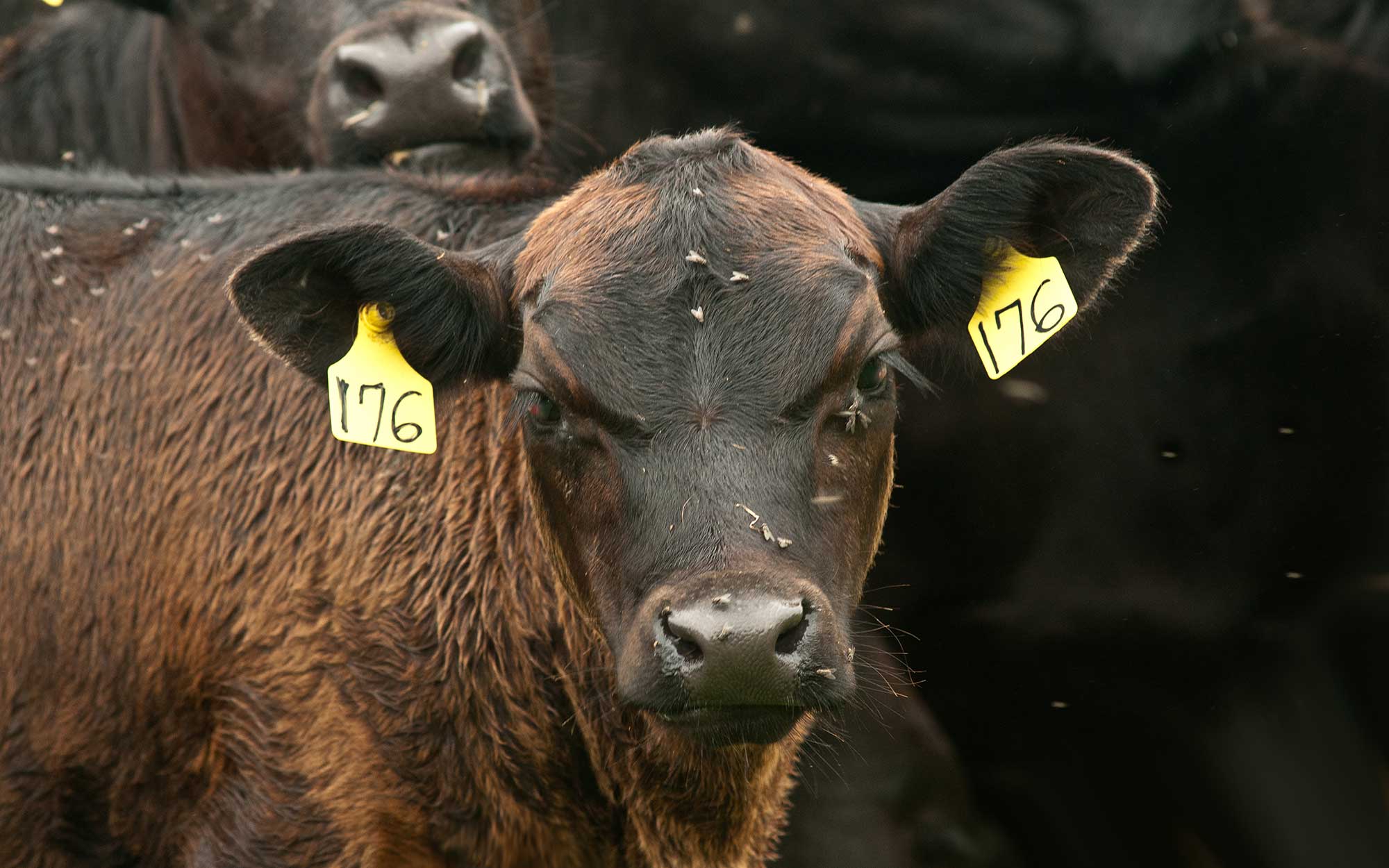
Summer Fly Control in Feedlots
Just as longer days mark the beginning of summer, so does the arrival of increased number of flies in feedlots. Flies are not only are an annoyance, they can reduce performance and worsen heat stress. Successful control strategies start with sanitation.
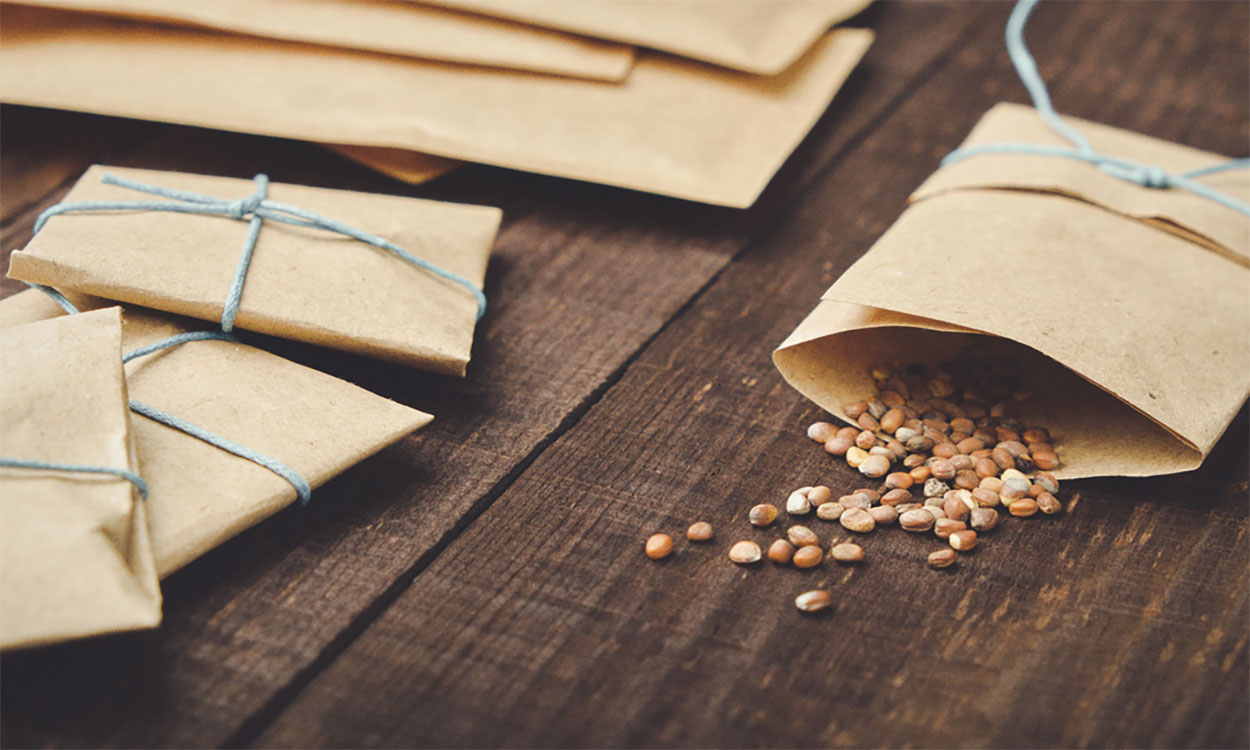
How to Store Leftover Garden Seeds
Curious about how long your leftover garden seeds will last? View some expert tips for storing a variety of seeds to keep them viable for use in your garden for years to come!
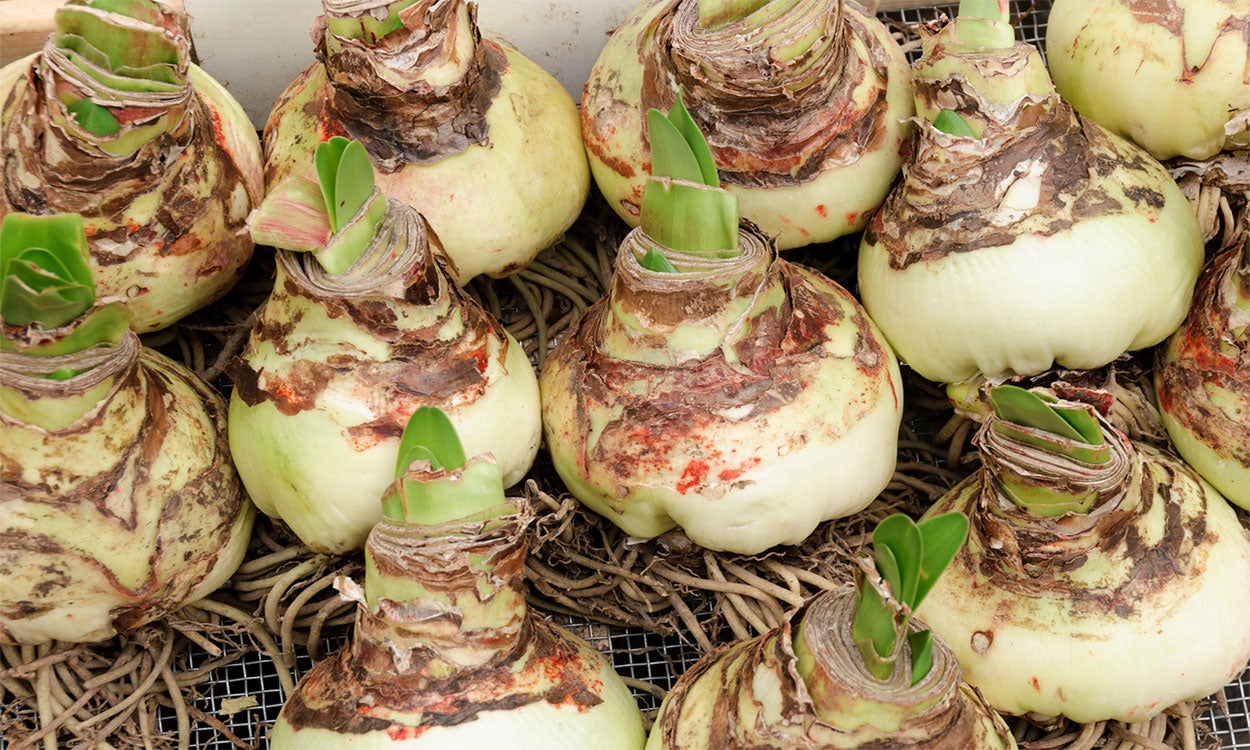
Caring for Amaryllis From Bulb to Bloom
Amaryllis are beautiful, flowering bulbs that are easy to grow and can brighten up your home during the dark days of winter. This article offers some tips for purchasing and caring for them.
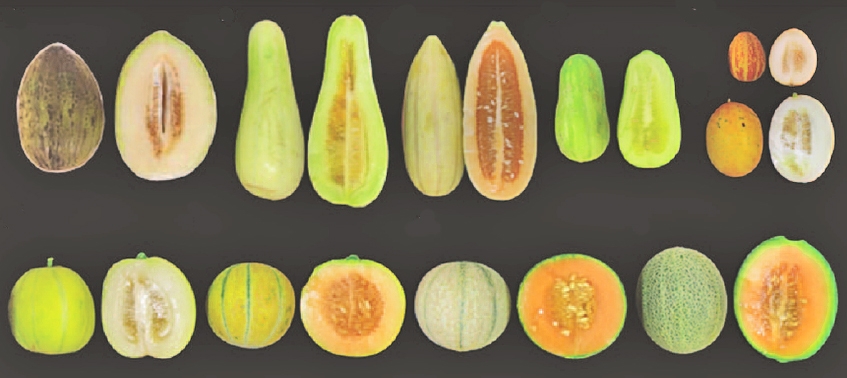
Melons, Melons, Melons!
Cantaloupe and honeydew are familiar to most of us, but there are a wide variety of other melons available to gardeners.
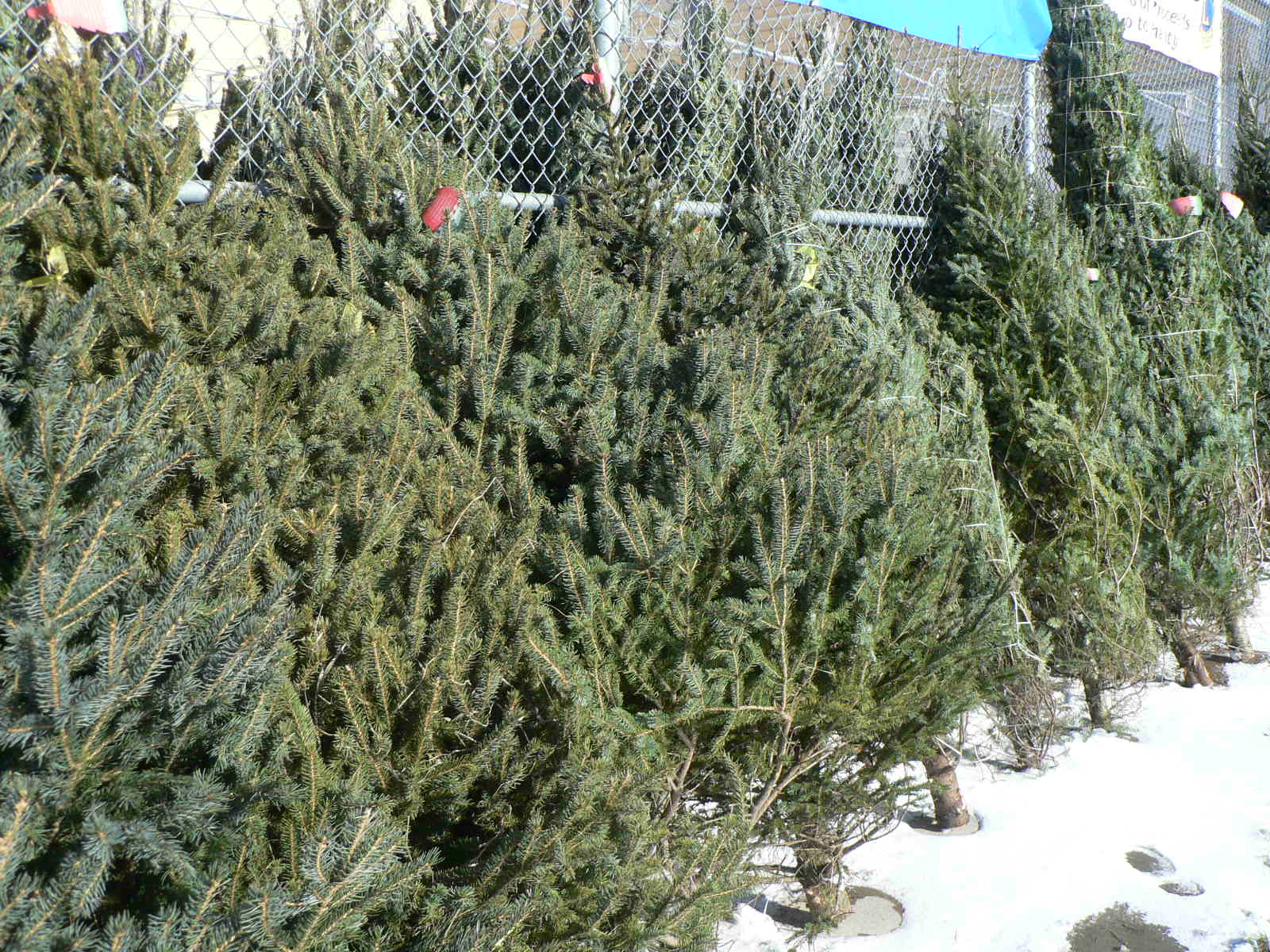
Choosing the Perfect Christmas Tree
Christmas tree lots are already beginning to spring up around the state and Thanksgiving marks the start of the Christmas tree season, with more than 30 million trees being sold between Thanksgiving and Christmas.
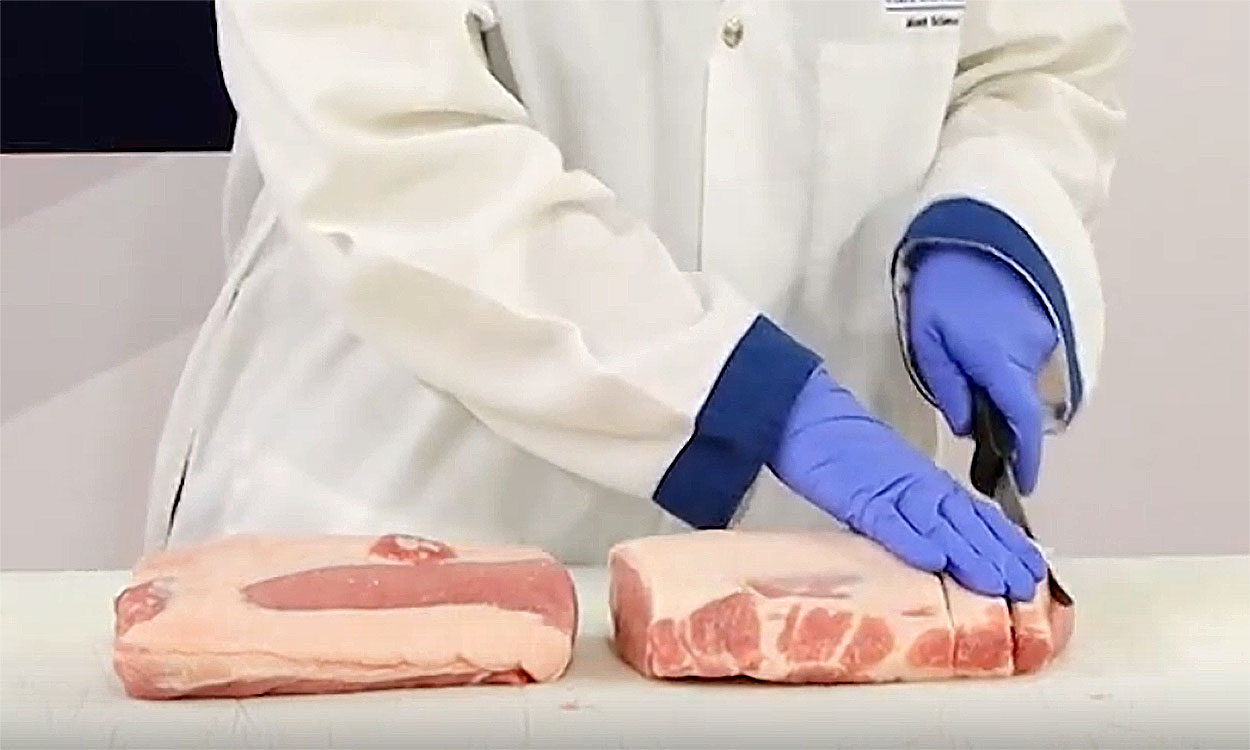
How to Cut a Boneless Pork Loin
This article will walk you through the different ways to cut a pork loin into more-manageable cuts and how to package and store what you’re not going to eat right away.

Fall Prevention
SDSU Extension wants to help you avoid the chance of a life-changing fall. We offer a variety of evidence-based, community led, health education workshops to help you address factors that contribute to fall risk.
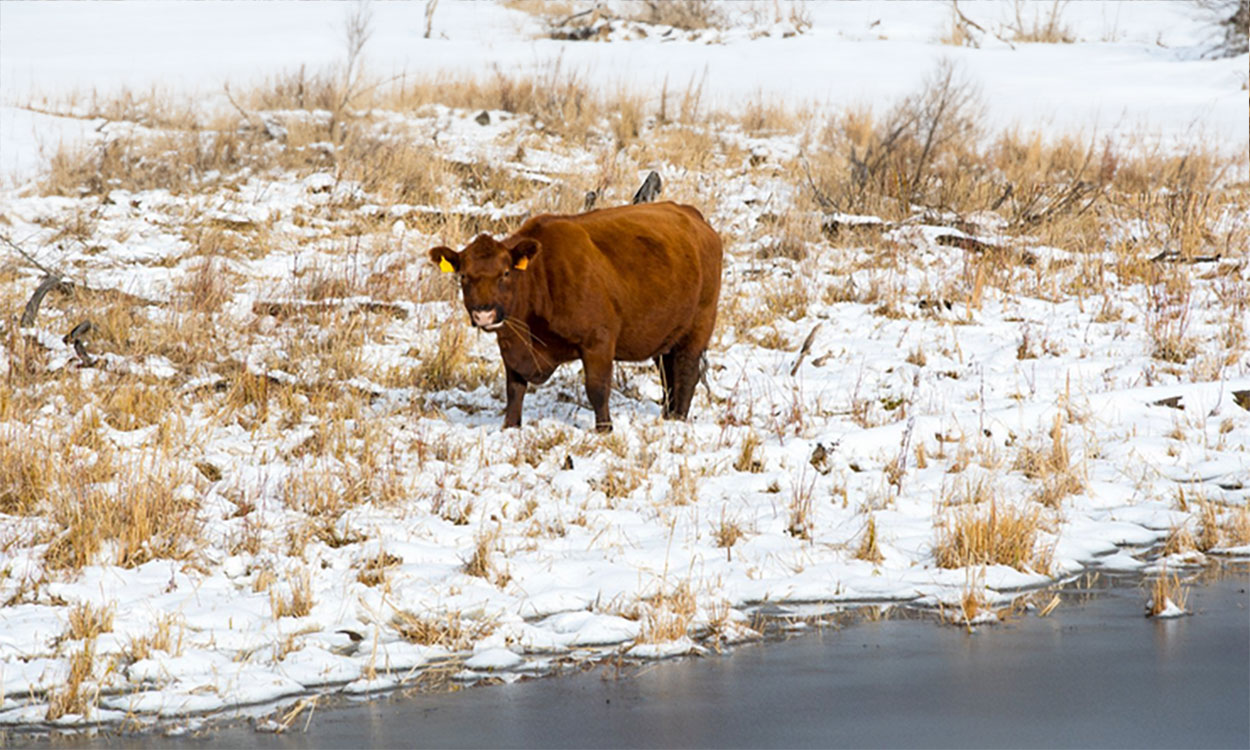
Icebreakers: Winter Water Supply
Cold weather creates a challenge for producers who house their herds in areas where there are limited water resources and available natural water sources may be frozen over.